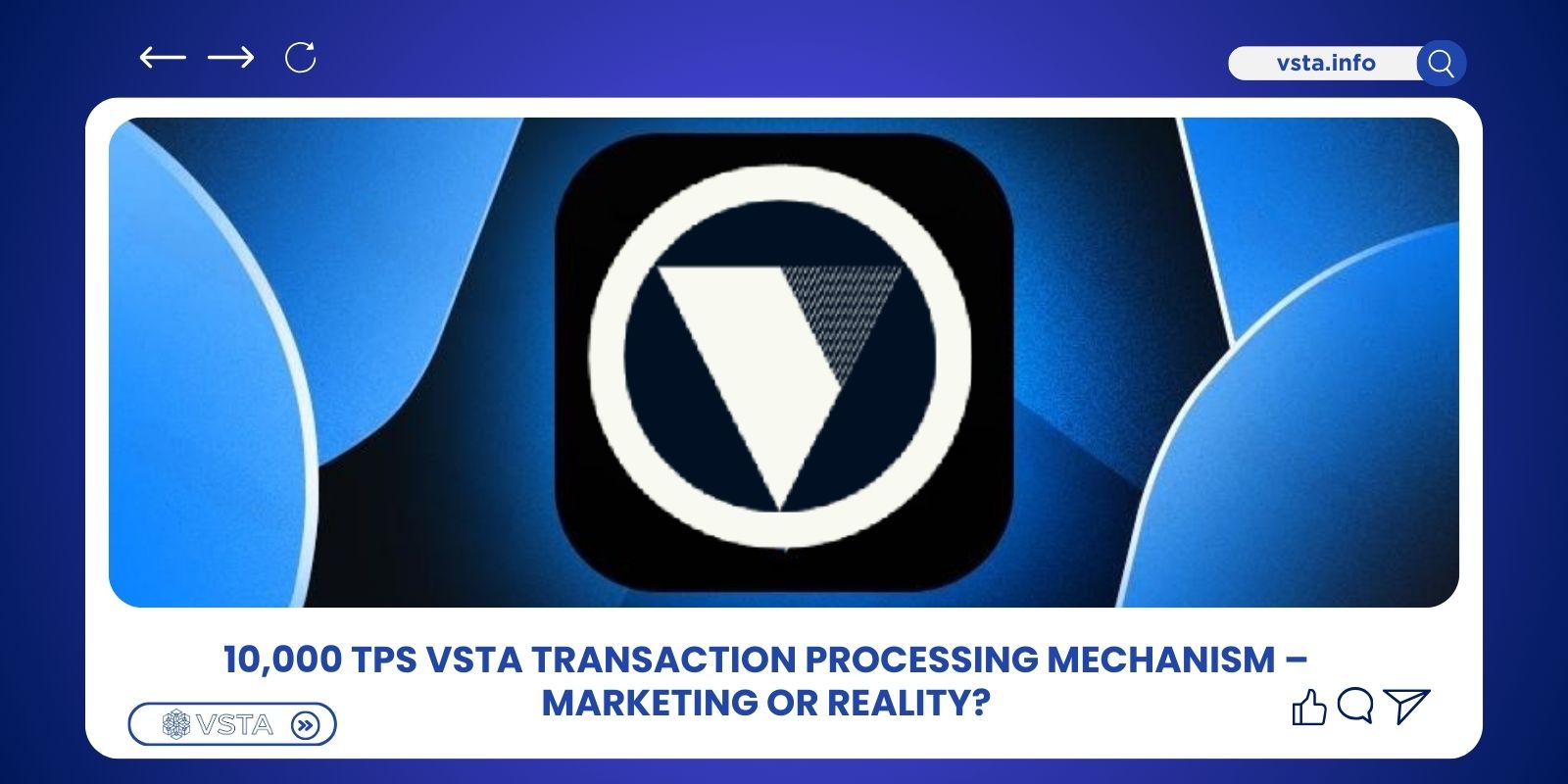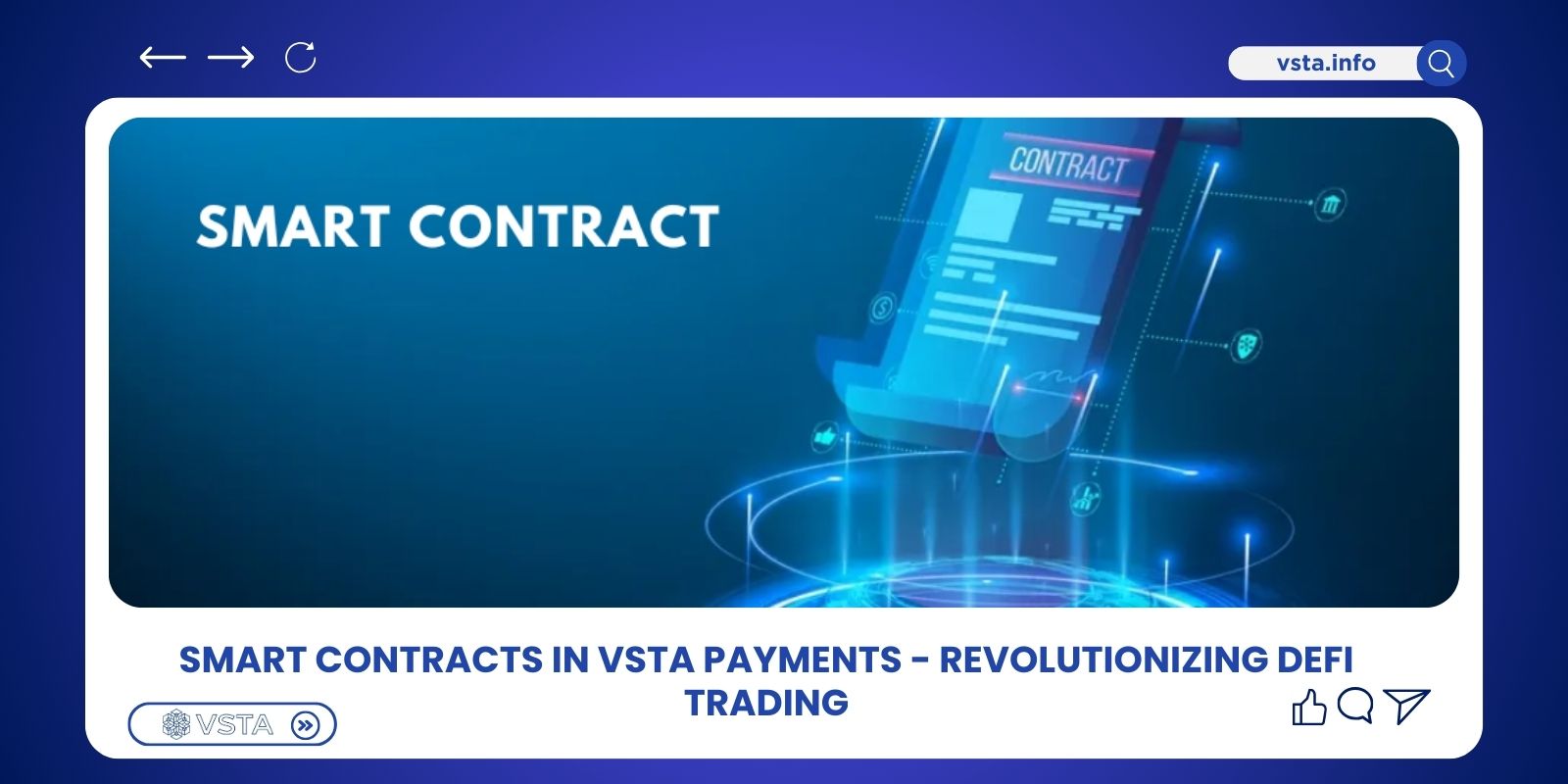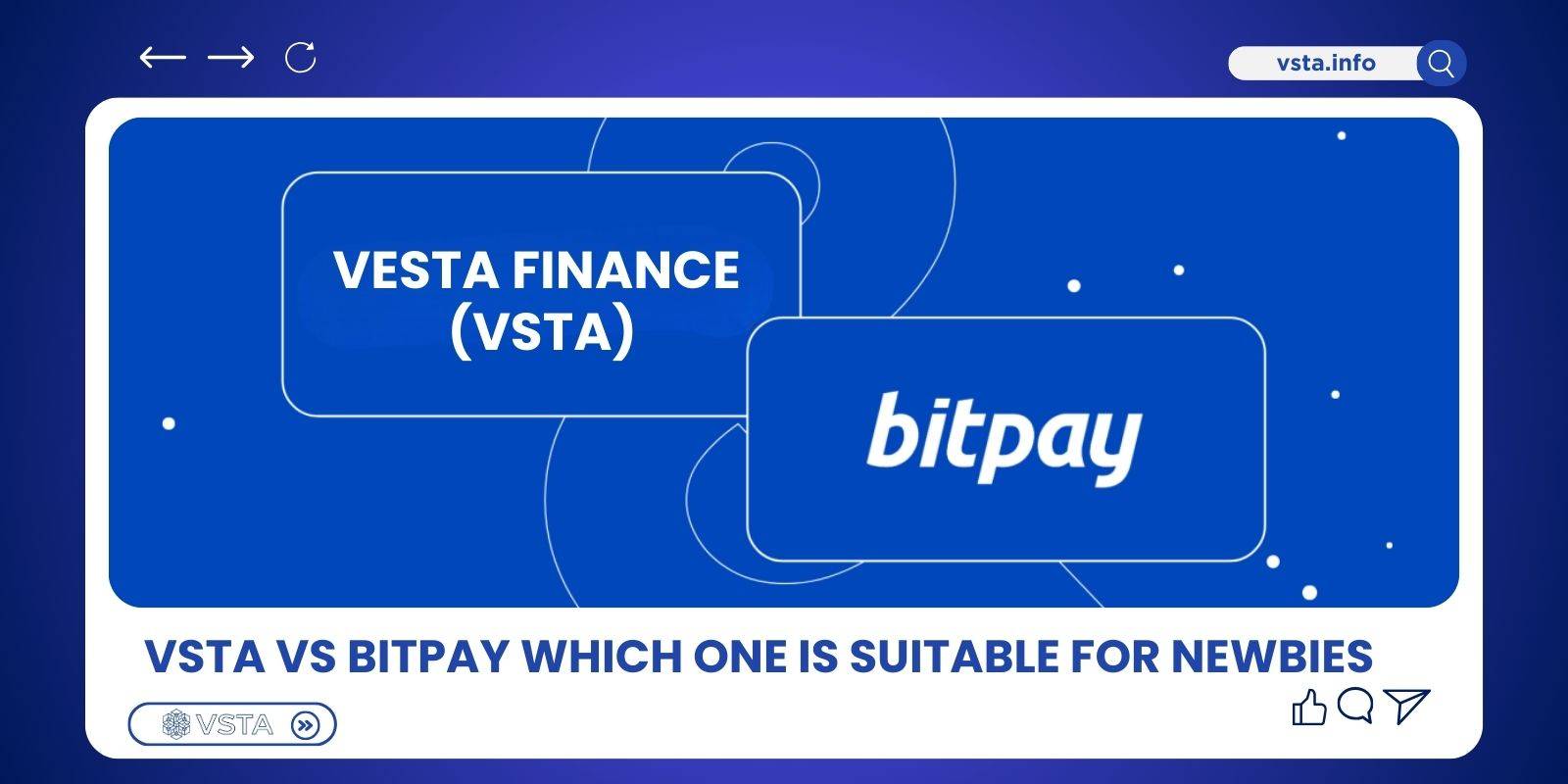The Vesta Finance API enables seamless integration of payments and DeFi functionalities. Such as transactions, deposits/withdrawals and on-chain data – into websites or apps. Its main advantages are low fees, high speed and easy scalability, making it ideal for developers and e-commerce businesses looking to adopt blockchain-based financial services. Please refer to the following VSTA article to learn how to integrate quickly.
What is the Vesta Finance API?
The Vesta Finance API is an Application Programming Interface provided by the Vesta Finance platform. It allows developers and businesses to directly connect with VSTA’s decentralized finance (DeFi) services. In simple terms, it acts as a technical bridge to quickly integrate Vesta’s core functions into applications, websites, or e-commerce systems.
Key Features of the Vesta Finance API:
- Payment transactions: Create, confirm, and refund payments with crypto.
- Wallet and balance management: Deposit/withdraw, check balances, and generate payment addresses.
- On-chain data access: Retrieve market data and near real-time transaction status.
- Operational optimization: Supports batching multiple transactions, high-speed Layer-2 scaling, and off-chain order matching.
- Developer-friendly tools: REST API, SDKs, Webhooks, and Idempotency Keys for easy deployment and duplicate-prevention.
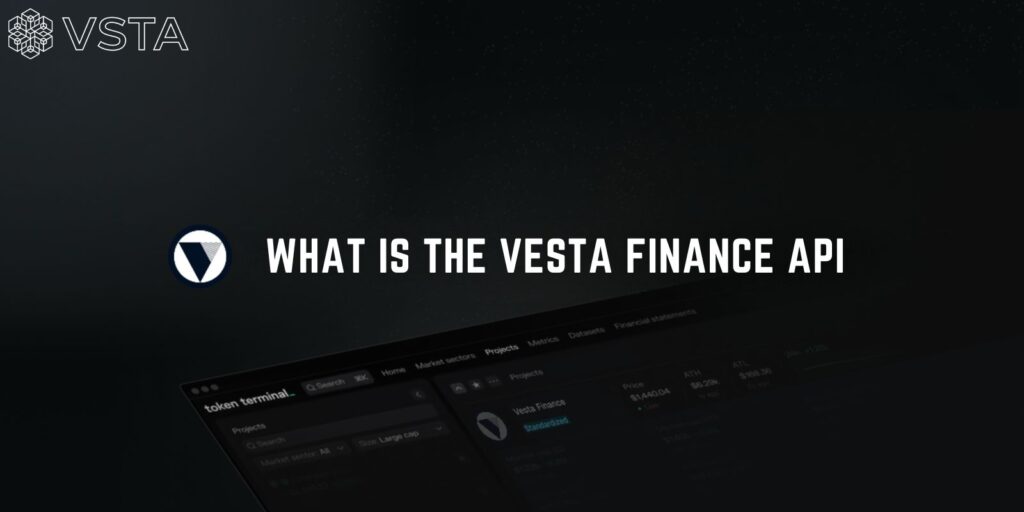
Benefits of Choosing the Vesta Finance (VSTA) API for Developers and E-commerce Businesses
For Developers
- The Vesta Finance API minimizes boilerplate, making it faster for teams to onboard and implement. Clear endpoint structures, sample code, and transparent documentation shorten the time needed to integrate with existing backends, web apps, or mobile apps.
- By leveraging batching and Layer-2 scaling, the API can handle a large number of transactions simultaneously at low cost. This optimized architecture ensures stable performance during peak hours and seamless scalability as demand grows.
- With webhooks, callbacks, and idempotency keys, the API allows developers to monitor transaction status in near real-time while avoiding duplicate orders. Standardized logging and event mechanisms make debugging easier and improve overall system reliability.
For E-commerce Businesses
- Thanks to batching and L2, the Vesta Finance API significantly reduces operational costs and shortens confirmation times. This improves checkout conversion rates and minimizes cart abandonment by delivering a smoother payment experience.
- The API supports payments from customers worldwide without relying on traditional gateways. Businesses can easily expand into international markets, accept crypto or stablecoins, and flexibly configure which assets to support.
- With webhook support, payment statuses can sync directly into OMS/ERP systems in real time, automatically triggering refund or exchange workflows. This reduces manual processes, increases accuracy, and speeds up after-sales operations.
- On-chain transactions through the Vesta Finance API limit disputes and fraud common in traditional payment channels. Businesses gain clear proof of transactions, strengthening trust and lowering dispute-handling costs.

Guide for Developers and E-commerce Businesses
Step 1: Register & Obtain API Keys
Create a developer or business account. Retrieve your Public Key/Secret Key for both Sandbox and Production environments. Define permission scopes and enable 2FA on the dashboard.
Step 2: Configure Environment
Set environment variables: VSTA_API_KEY, VSTA_WEBHOOK_SECRET. Open firewall access for webhook endpoints (HTTPS, TLS 1.2+). If your internal system follows PCI-like standards, use a secret manager to isolate sensitive keys.
Step 3: Create a Payment Intent (Order)
- API: POST /payments/intents
- Input: amount, currency, order_id, customer_id, return_url, metadata
- Output: payment_intent_id, pay_address (or payment URL/QR), expires_at
Step 4: Receive Funds & Verify
- Users scan the QR code or transfer funds to the pay_address.
- API: GET /payments/{payment_intent_id}/status for polling, or wait for a webhook at /webhooks/payment.
- Implement idempotent handling on your side to ensure each order is updated only once.
Step 5: Process Refunds (if needed)
- API: POST /payments/{id}/refunds
- Batch refunds are also supported (POST /refunds/batch) to save on fees.
Step 6: Move to Production
- Run integration tests: successful/failed orders, network timeouts, double-submits.
- Enable alerts (Slack/Email) when error rates rise, webhook delivery fails, or latency exceeds thresholds.
Important Note: These steps are for illustration only and may not fully apply to all systems. Developers and e-commerce businesses should collaborate closely with their IT teams when implementing the VSTA API to ensure accuracy and security.
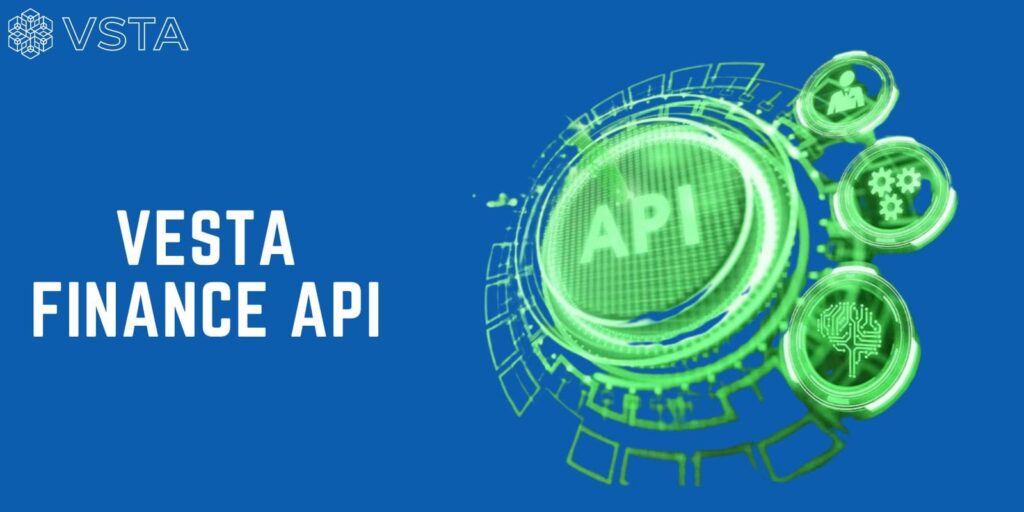
Comparing Vesta Finance API with Uniswap-like API and Aave/Compound API
| Criteria | API Vesta Finance | Uniswap-like API | Aave/Compound API |
| Primary Goal | Payments, eCommerce transaction handling | Token swaps | Lending/Borrowing |
| Fee Optimization | Batching + L2 + SC tối ưu | Dependent on routing / DEX fee | Dependent on liquidity pool |
| UX Latency | Low (off-chain order matching) | Medium | Medium |
| Webhook/Idempotency | Yes, eCommerce-friendly | Limited | Available but DeFi-native |
| Checkout Integration | High — designed for eCommerce use | Requires middleware layer | Requires middleware layerC |
FAQs
Which chains does the VSTA API support?
It depends on the specific deployment. We recommend testing with testnet first to determine the most suitable chain/layer for cost and UX before moving to mainnet.
Can I price in fiat but settle in crypto?
Yes. You can set the amount in fiat at the frontend, then convert it to the chosen payment token at the backend, or use the API’s quote endpoint before creating the payment intent.
What happens if the user sends the wrong amount (under/over payment)?
You can configure tolerance levels (e.g., ±1%) and implement an under/overpayment handling mechanism in your backend. The webhook will notify the transaction status so you can decide whether to finalize or refund.
Are there risks with batch refunds?
Internal permissions and approval workflows should be carefully managed, since one transaction can impact multiple orders. Logging and dual-approval are strongly recommended.
Conclusion
The Vesta Finance API provides a powerful payment and DeFi infrastructure optimized for e-commerce: low fees, high speed, easy integration, and scalable operations powered by Optimized Smart Contracts, Batching, Layer-2 scaling, and Off-chain Matching.
For developers and e-commerce businesses, the best practice is to start with the Sandbox environment, set up webhook connections, and implement idempotency before going live. With the right setup, the VSTA API can help streamline payments and unlock new opportunities for growth and profitability.

